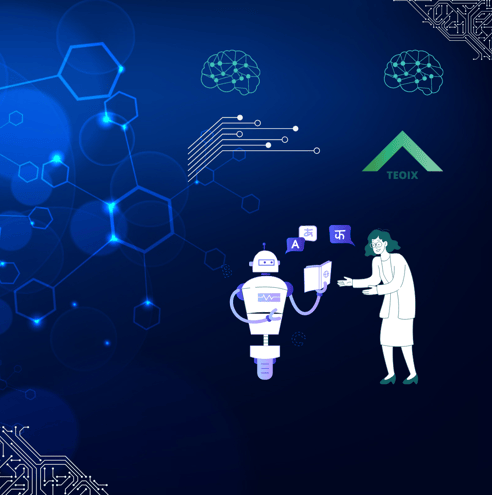Revolutionizing Communication: The Power of AI in Language Translation
ARTIFICIAL INTELLIGENCE
5/9/20242 min read


Effective language barrier communication is essential in a world where communication is becoming more and more integrated. Fortunately, language translation has reached unprecedented heights thanks to advances in artificial intelligence (AI), which have made cross-cultural understanding easier and more effective than ever.
AI-driven language translation decodes, interprets, and translates text or speech between languages using complex algorithms, machine learning, and natural language processing (NLP) methods. These systems have changed dramatically over time, moving from rule-based strategies to more sophisticated, context-sensitive ones.
The capacity of AI translation to translate text accurately across a wide range of languages is one of its main benefits. Artificial intelligence (AI)-powered systems can handle numerous languages at once, removing barriers to global communication, whether they are translating a text, webpage, or chat.
Furthermore, AI translation systems employ machine learning algorithms to constantly improve over time. These systems improve their comprehension of grammar, syntax, semantics, and cultural quirks by evaluating enormous volumes of linguistic data, producing translations that are progressively more accurate.
The benefits of AI translation go beyond practicality; it encourages international cooperation, trade, and cross-cultural exchange. Companies may easily expand into new markets, scholars can easily obtain knowledge in other languages, and individuals can easily interact with people from a variety of backgrounds.
AI-powered real-time translation services are especially revolutionary. These technologies are essential for removing language barriers instantly, whether it is for emergency situations where communication can be hindered, multilingual gatherings, or helping tourists traverse unfamiliar nations.
It's important to understand the limitations of AI translation, though. While AI systems are great at translating quickly and digesting massive amounts of material, they may have trouble understanding idiomatic idioms, highly technical or creative content, and context-specific nuances. Accuracy is still mostly dependent on human translators, especially in delicate or specialist fields.
Notwithstanding these difficulties, AI translation appears to have a bright future. We may anticipate even higher levels of precision, speed, and flexibility in language translation as AI technologies develop. Furthermore, in the years to come, the combination of AI with other cutting-edge technologies like wearables and augmented reality could completely change the way people communicate across linguistic boundaries.
To sum up, AI-driven language translation signifies a paradigm change in the way we overcome linguistic barriers. We can promote better cross-cultural communication, empathy, and understanding by utilizing AI, opening the door to a more inclusive and linked world society.


